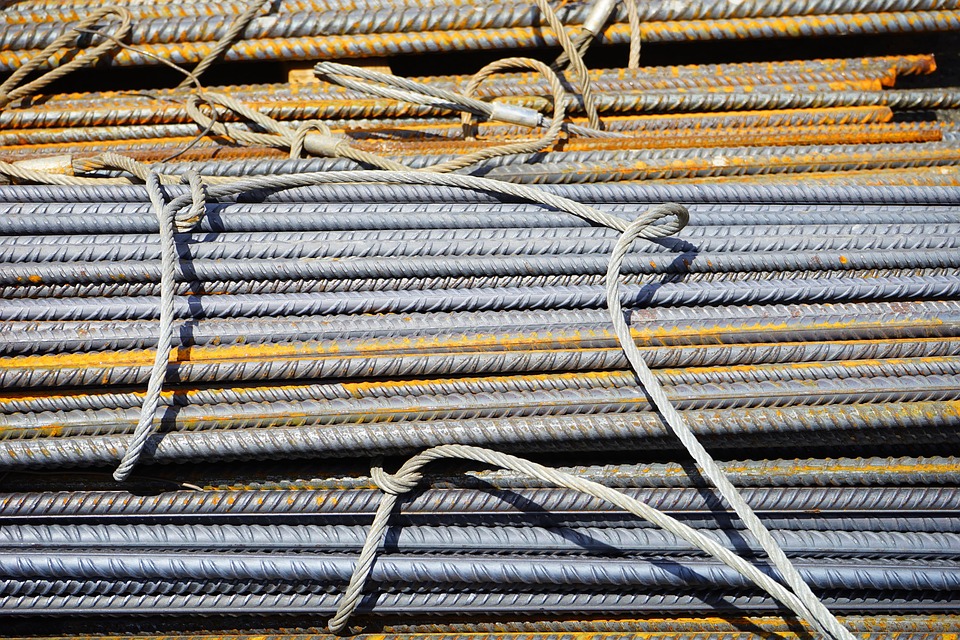Maximizing Efficiency with a Well-Planned Construction Loan Draw Schedule
Construction projects can be complex and challenging, requiring careful planning and coordination to ensure they are completed on time and within budget. One key aspect of successful construction project management is developing a well-planned construction loan draw schedule. By creating a detailed and thoughtful draw schedule, project managers can maximize efficiency, streamline communication, and avoid costly delays.
What is a construction loan draw schedule?
A construction loan draw schedule is a timeline that outlines when funds from a construction loan will be disbursed to cover the costs of various stages of a construction project. The draw schedule is typically created at the beginning of a project and divided into multiple draw periods to correspond with specific milestones or phases of construction, such as foundation work, framing, roofing, and finishing.
The draw schedule is an essential tool for managing cash flow during a construction project, as it helps project managers anticipate when funds will be needed and plan accordingly. By breaking down the project into manageable stages and assigning specific costs to each phase, project managers can ensure that they have the necessary funds available when they are needed, avoiding delays or cost overruns.
Key considerations when developing a construction loan draw schedule
When developing a construction loan draw schedule, there are several key considerations that project managers should keep in mind to maximize efficiency and avoid common pitfalls. Some of the most important factors to consider include:
1. Identifying key milestones: Before creating a draw schedule, project managers should carefully review the project plans and identify key milestones or phases of construction that will require funding. By breaking the project down into specific stages, project managers can create a detailed draw schedule that accurately reflects the costs associated with each phase and ensures that funds are available when they are needed.
2. Aligning the draw schedule with the project timeline: The draw schedule should be closely aligned with the overall timeline of the construction project to ensure that funds are disbursed in a timely manner. Project managers should work closely with contractors and suppliers to determine the most efficient schedule for completing each phase of construction and plan the draw schedule accordingly.
3. Communicating with lenders: It is important for project managers to maintain open communication with lenders throughout the construction process to ensure that funds are disbursed according to the draw schedule. Any changes to the project timeline or cost estimates should be promptly communicated to lenders to avoid delays in funding.
4. Monitoring costs and budgeting for contingencies: Construction projects are often subject to unexpected costs or delays, so project managers should budget for contingencies and closely monitor costs throughout the project. By regularly reviewing the draw schedule and tracking expenses, project managers can identify potential issues early on and take proactive steps to address them.
Benefits of a well-planned construction loan draw schedule
A well-planned construction loan draw schedule offers several key benefits for project managers and construction professionals, including:
1. Improved cash flow management: By carefully planning the disbursement of funds through a draw schedule, project managers can effectively manage cash flow and ensure that funds are available when they are needed. This can help prevent costly delays and keep the project on track.
2. Streamlined communication: A detailed draw schedule provides a clear roadmap for the disbursement of funds and helps to streamline communication between project managers, lenders, contractors, and suppliers. By keeping all stakeholders informed of upcoming draw periods and funding requirements, project managers can avoid misunderstandings and ensure that everyone is on the same page.
3. Enhanced project transparency: A well-planned draw schedule provides project managers with a transparent view of the costs associated with each phase of construction, allowing them to closely monitor expenses and identify potential cost overruns. This transparency can help project managers make informed decisions about budgeting, resource allocation, and project management.
FAQs
Q: How often should a construction loan draw schedule be reviewed and updated?
A: Construction loan draw schedules should be reviewed and updated regularly to ensure that they accurately reflect the current status of the project. Project managers should review the draw schedule at least monthly and make any necessary adjustments based on changes in the project timeline, cost estimates, or funding requirements.
Q: What can project managers do to address delays or cost overruns during a construction project?
A: If delays or cost overruns occur during a construction project, project managers should take immediate action to address the issue and prevent further setbacks. This may involve revising the draw schedule, reallocating resources, or renegotiating contracts with contractors or suppliers. By addressing issues quickly and proactively, project managers can minimize the impact on the project timeline and budget.
Q: How can project managers ensure that funds are disbursed in a timely manner according to the draw schedule?
A: To ensure that funds are disbursed in a timely manner according to the draw schedule, project managers should maintain open communication with lenders and provide regular updates on the progress of the project. Any changes to the project timeline or cost estimates should be promptly communicated to lenders to avoid delays in funding. Project managers should also monitor expenses closely and track costs to ensure that funds are used efficiently and effectively.
In conclusion, a well-planned construction loan draw schedule is a valuable tool for maximizing efficiency and managing cash flow during a construction project. By carefully planning the disbursement of funds, communicating effectively with lenders and stakeholders, and monitoring costs throughout the project, project managers can ensure that construction projects are completed on time and within budget. By following best practices for developing and implementing a draw schedule, project managers can streamline communication, avoid delays, and enhance project transparency, ultimately leading to a successful construction project.



